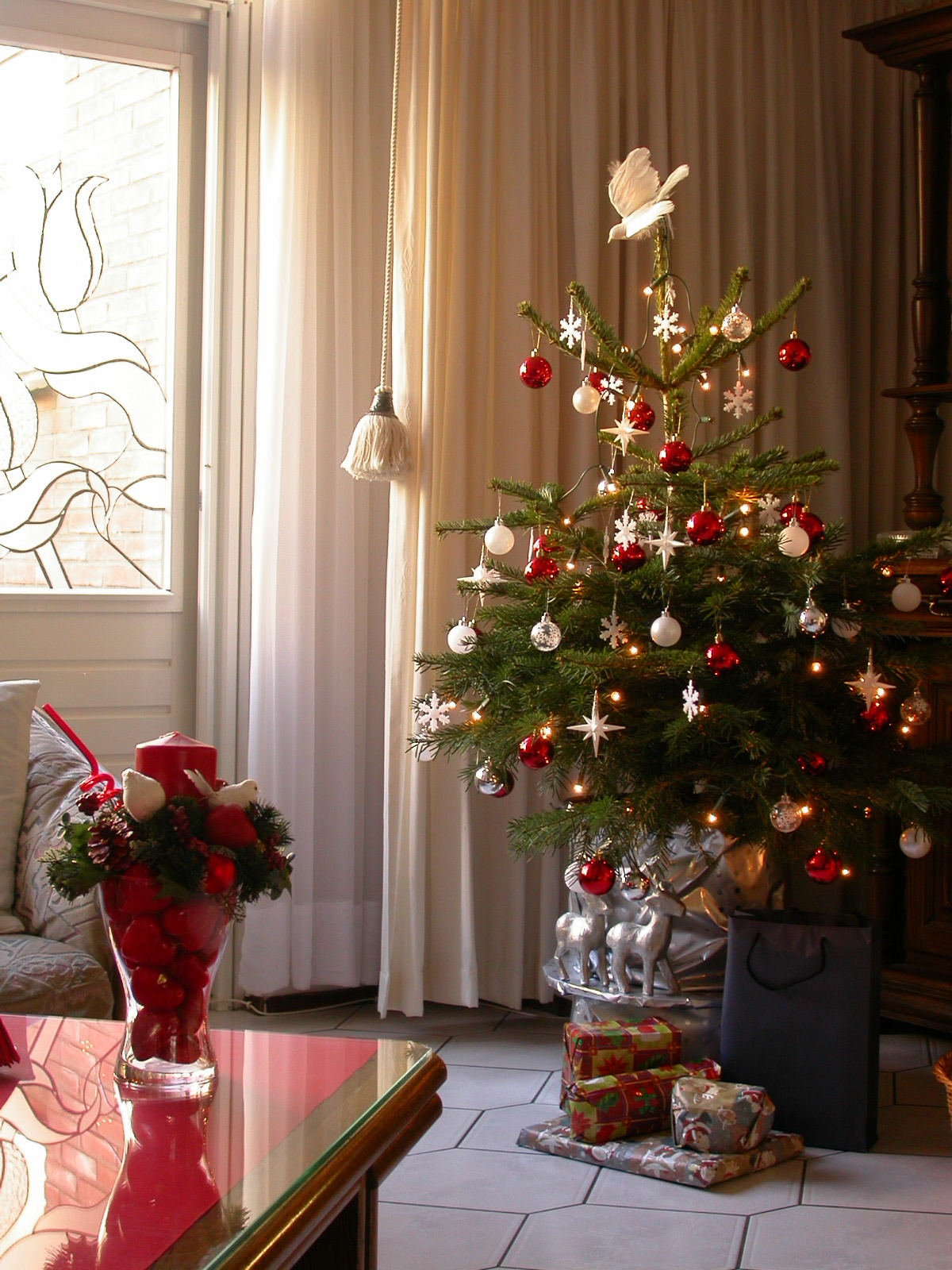상 담 문 의
1666-9526
010-5398-7786
오전 7:00 - 오후 8:00 연중무휴
예금주 : 왕재성
In recent years, houseplants have seen a surge in popularity among homeowners in the UK. From Instagram influencers to interior design magazines, it seems like everyone is jumping on the houseplant bandwagon. And it's no wonder why - not only do houseplants add a touch of nature and beauty to our indoor spaces, but they also offer a range of health benefits. In this article, we will explore the world of houseplants in the UK, from choosing the right plants for your home to caring for them properly.
 The 18th century saw a shift towards a more naturalistic style of garden design in Britain. The Romantic movement, with its emphasis on the beauty of nature and the picturesque landscape, had a profound impact on garden design during this period. Instead of the formal layouts and geometric patterns of previous eras, garden designers began to create more informal, flowing landscapes that were meant to evoke a sense of tranquility and Baby announcement harmony with nature.
The 18th century saw a shift towards a more naturalistic style of garden design in Britain. The Romantic movement, with its emphasis on the beauty of nature and the picturesque landscape, had a profound impact on garden design during this period. Instead of the formal layouts and geometric patterns of previous eras, garden designers began to create more informal, flowing landscapes that were meant to evoke a sense of tranquility and Baby announcement harmony with nature.
One of the most famous Victorian gardens in Britain is Kew Gardens, which was established in the early 19th century and has since become a world-renowned botanical garden. Kew Gardens is home to a vast array of plants, trees, and flowers from around the world, as well as a series of ornate glasshouses and conservatories that showcase the diversity of plant life on Earth.
In conclusion, houseplants are a wonderful addition to any home in the UK, providing beauty, health benefits, and a sense of well-being. By choosing the right plants for your space, caring for them properly, and reaping the benefits of their presence, you can create a lush, green oasis indoors. So go ahead, indulge your green thumb and bring the beauty of nature into your home with houseplants.
In the 17th and 18th centuries, garden design in Britain underwent a series of transformations, influenced by the rise of the English landscape movement and the Enlightenment ideals of naturalism and rationality. Landscape gardens, such as those created by Capability Brown and Humphry Repton, sought to mimic the beauty and harmony of nature, with sweeping vistas, rolling lawns, clumps of trees, and serpentine lakes. These gardens were designed to evoke a sense of calm and serenity, in contrast to the formalism of earlier styles.
One of the most famous examples of Tudor garden design is Hampton Court Palace, which boasts a magnificent array of formal gardens, including the famous knot garden and the Great Vine. These gardens were meticulously planned and maintained, with every plant and tree placed with precision to create a sense of order and symmetry.
It's also important to consider the size of the plant and how much space you have available. Some tropical houseplants can grow very large over time, so make sure to choose a plant that will fit comfortably in your home.
Tropical houseplants offer a wealth of beauty and benefits, making them a fantastic addition to any indoor garden. Whether you're looking to purify the air, boost your mood, or simply brighten up your space, tropical houseplants can help you achieve your goals.
6. Repotting: Over time, tropical houseplants may outgrow their pots and become root-bound. When this happens, it's important to repot your plants into a larger container with fresh, well-draining soil. Repotting can help to prevent root rot and give your plants room to grow.
In the 20th century, garden design in Britain began to reflect a more eclectic and diverse range of influences. Modernist architects such as Le Corbusier and Frank Lloyd Wright began to play a role in garden design, with a focus on simplicity, functionality, and the integration of indoor and outdoor spaces.
To ensure your houseplants thrive and remain healthy, it's important to provide them with the right conditions and care. This includes watering them regularly, but not overwatering, as this can lead to root rot and other issues. It's also important to provide your plants with the right amount of sunlight, humidity and temperature, as well as regular feeding with a balanced plant food to promote growth and flowering. Regularly inspect your plants for any signs of pests or disease, and take appropriate action to treat and prevent any issues that arise.
Today, garden design encompasses a wide range of styles and approaches, from traditional to contemporary, formal to informal, minimalist to maximalist. The principles of sustainability, biodiversity, and ecological sensitivity have become increasingly important in garden design, as designers seek to create landscapes that are both beautiful and environmentally friendly.
The history of garden design can be traced back to ancient civilizations such as Mesopotamia, Egypt, and Persia, where gardens were seen as symbols of power, prestige, and wealth. These early gardens were often enclosed by walls or hedges, with geometrical layouts, water features, and carefully manicured plants. The Hanging Gardens of Babylon, one of the Seven Wonders of the Ancient World, is a prime example of the grandeur and opulence of ancient garden design.